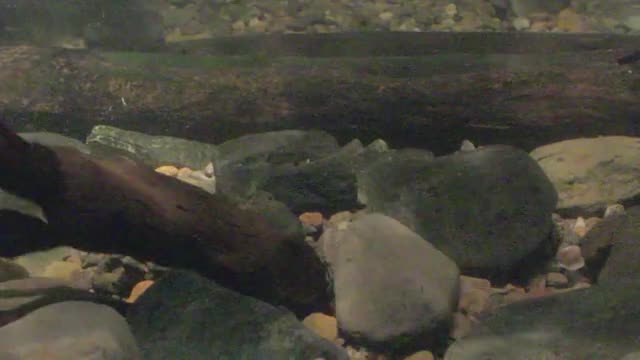IntheSwim
Shapedlikeafurryfootball,theplatypusisaskilledswimmer.Itsshapehelpsitdivedeepandslicethroughthewater quickly.
Aplatypusispoweredbyrapidpaddling,usingitsfrontwebbedfeet.Thebackfeetandtailareusedforsteeringandbraking.Thecombinationallowstheplatypustomove gracefully.
Theplatypusmayfeelmostathomeinthe water.
Thisplatypus'sbigwebbedfeethelppropelitthroughthe water.
Theplatypus’sversatilefeethelpitbothonlandandin water.
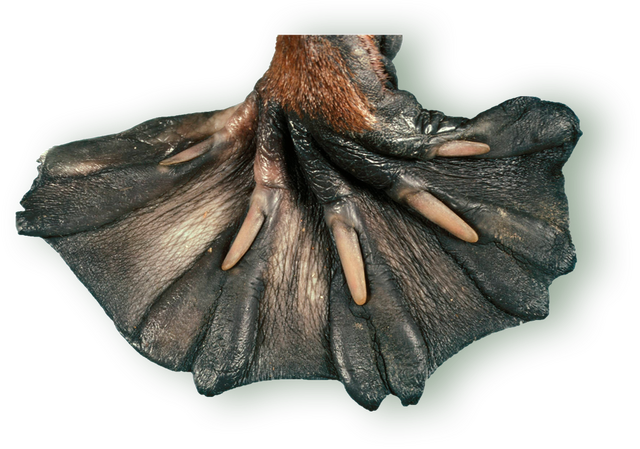
front foot
TransformerToes
Thefrontfeetofaplatypusarebuiltforbothwaterandland.Inthewater,extraskinbetweenthetoesstretchesouttocreateabroad paddle.
Onland,thewebbingisretracted.Thesharptoesstretchbeyondtheskin.Thisallowsforclawsthatdigintothe dirt.
Thebackfeetarenotconvertiblelikethefrontones,buttheyareremarkable.Theirwebbingallowstheplatypustosteerandbrakeinthewater.Onland,platypusesusetheirbackclawsfor grooming.
Maleplatypuseshaveanextrasurpriseintheirbackfeet.Hollowheelspikesareloadedwithvenom!Platypusesusethepoisonwhenfighting.Thoughnotdeadly,thevenomcancausepainand swelling.
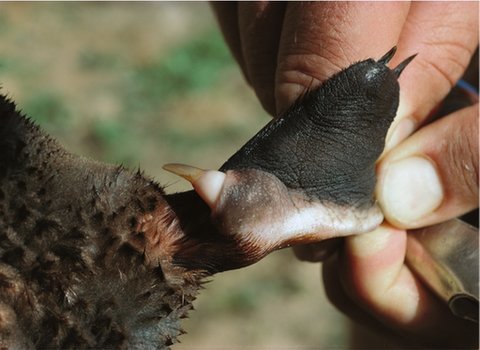
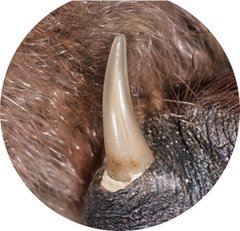
Maleplatypuseshavehollowspikesontheirbackheels.Theyarefilledwithvenom.Themalesfighteachotheroverfemalesand territory.
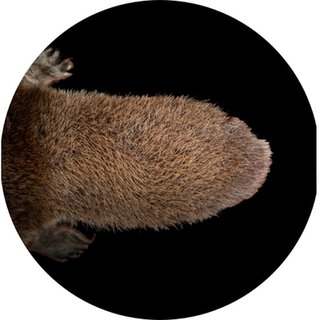
Theplatypus’stailhelpsitswim.Italsostores fat.
TaleofaTail
Thoughitlookslikeabeavertail,aplatypustailisnotusedforpaddlingorcommunication. Theflattailisreallyabodyfatstoragetank.Itcanholdalmosthalfoftheanimal’sbody fat.
NowSeeThis
Aplatypus’seyesareloadedwithextracolorreceptors.Yet,itdoesnotuseitseyesforhunting.Thesereceptorsareneededatthewater’ssurfaceoronlandtobetterspot predators.
Whenitdivesdeep,theplatypusclosesitseyestightly.Thefuronitseyelidsismuchlighterthanthebrownfurcoveringtherestofitsbody.Thismakesitlooklikeitseyesglowinthe dark!
Platypusadaptationshavebeenshapedovermillionsofyears.Thoughthesetraitsmayseemlikeanoddcombinationtous,thismishmashmammalisasurvivalsuccess story.
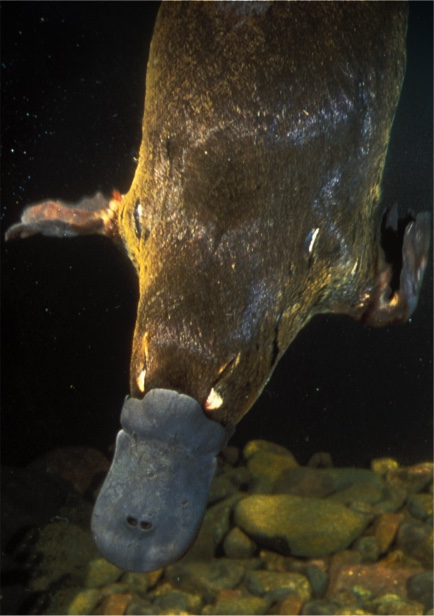
Lighterfuronitseyelidsmakethisplatypus’seyesseemtoglowwhenclosed underwater.
